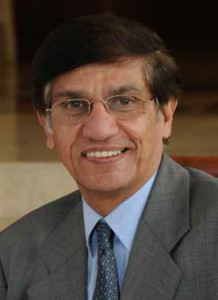 When Pradeep Kashyap invited marketers to attend his rural marketing seminar in 1995, in Delhi, only four people turned up and among them two left after lunch. Today, India’s rural economy, driven by innovative marketing, is a thriving hotbed of commerce no one wants to miss.
When Pradeep Kashyap invited marketers to attend his rural marketing seminar in 1995, in Delhi, only four people turned up and among them two left after lunch. Today, India’s rural economy, driven by innovative marketing, is a thriving hotbed of commerce no one wants to miss.
Several factors have contributed to India’s rural economy turning dynamic – benefits of continuous economic growth of two decades, improvement in rural infrastructure, the mobile revolution, demystifying the DNA of a rural consumer and the crusader role of people like Pradeep Kashyap. Late Professor C K Prahalad even called him ‘The
Father of Indian Rural Marketing’.
Mr. Kashyap dropped his well-paying job when he was 38 to pursue his passion for transforming moribund India’s rural economy through smart marketing. This, he believed, could be done only when rural marketing becomes an exciting subject for students and a career option for professionals. His first task then was to put together a manual on rural marketing, which has been a textbook in all business schools.
He then set up a consultancy firm called MART in 1993. MART has been working closely with businesses both in the board rooms and on the ground, in shaping their strategies. Mr. Kashyap’s first major breakthrough was when he co-created Project Shakti involving 46,000 poor rural women as micro entrepreneurs for Hindustan Lever in the mid 1990s. This project became such a big hit that it is being taught as a case study in most business schools including the Harvard Business School. He pioneered the low-cost, last mile rural distribution model involving village volunteers on bicycles.
This success made him a go-to man for several multinational corporations which wanted to tap India’s burgeoning rural market – the bottom of the pyramid. His clients include Colgate, Heinz, Coke, Pepsi, GE, Intel, John Deere, Shell among others. Here, he shares his experience in a chat with Benedict Paramanand
The nature of Indian rural market now from what it was a decade ago
Two third of India’s 1.2 billion population lives in rural areas but till a decade and a half ago rural accounted for only one third of the country’s consumption. Since then the rural economy has been growing at a high rate, in fact higher than the urban economy and today rural accounts for 50% or more of total consumption for FMCGs, durables, 2/4 wheelers, services and 100% of tractors and other agri-inputs.
This growth has happened because rural infrastructure has improved significantly over this period. 75% of our 6 lakh villages are now connected by all-weather roads compared to only 50% in 2001. They account for 85% of rural population and 90% wealth and hence the rural economy has got fully connected to urban India. 50% homes belonging largely to the more affluent have electric connections. 60% houses are pucca.
Every farmer, big or small has a mobile phone, simultaneously many electronic mandis have come up in the country and hence the farmer can check best available price before driving off on his tractor full throttle on a pucca road to sell his produce. There are over 400 million mobile phone users, 100 million internet users, 75 million TV sets and
25 million satellite connections in rural India which are revolutionizing the way marketers now connect with rural consumers for creating awareness and communication for their brands.
The hugely successful financial inclusion program for direct transfer of benefits is minimizing leakages and ensuring that maximum entitlements reach the poor. Once money transfer through mobile becomes a reality it will revolutionize commerce in rural India.
Rural marketing and the services sector
HUL, ITC and other established FMCG companies entered the rural market several decades ago and established a solid distribution system. In the last decade 140 million people have moved out of poverty into the consuming class mostly from smaller villages. Companies have created business models for last mile reach to tap into this new market. Project Shakti of Unilever co-created with MART and ITC’s echoupal are the most successful ones.
The structure of the rural economy has got completely transformed over the past 15 years. Agriculture is now the smallest contributor to the rural economy whereas the service sector has emerged as the biggest contributor.
Sanitation, housing and construction, skills development and financial services are sectors that are driving the rural economy. Sanitation alone is a USD 20 billion dollar opportunity, construction sector is now the second largest employer after agriculture, ahead of the total employment in the corporate sector.
In the current decade 350 million rural youth need to be skilled in a variety of occupations to create an employable workforce. As rural incomes are rising people are looking for better healthcare and education. This has opened up a new opportunity in rural India for the private sector.
Social marketing and rural health and education
India has one of the largest budgets for social sector programs globally. Despite huge spends over the last
65 years our social indicators for health and education are lower than even neighboring SAARC countries. The obvious reason for this poor performance is leakages in the system. But there is another reason.
We have not used Social marketing approaches effectively. The objective of social programs in the health, education, drinking water and sanitation programs is to motivate individuals to adopt a new practice or bring about change in behavior. Social marketing is focused on changing behavior through effective communication.
Like corporate marketing uses a systematic approach to segment consumers into distinct segments, targets them with appropriate communication and face-to-face interactions and organizes live demonstrations to convince clients on the benefits of changing behavior.
For this a detailed plan including activity wise time line for each territory is prepared keeping regional variations in mind. This approach ensures proper planning, monitoring, evaluation and impact of the program. Unfortunately, government functionaries working in the field are not trained in social marketing nor are their seniors exposed to this approach. Hence they do not appreciate the benefits when these are explained to them.
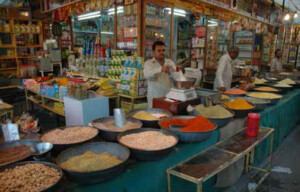
Big impact rural innovation in recent years…
In the first decade of the present century marketers kept convincing each other about the opportunity in rural by sharing the growing numbers of mobile phones, TVs, 2 wheelers and more. However, companies were in a wait-and-watch mode. Some started flirting with the rural market through pilots in small geographies. The buzz has moved to boardrooms only in the present decade and more generous budgets are being sanctioned for developing appropriate products, distribution and business models. Already companies such as Maruti, Hero Motors and Ambuja Cement have set up last mile teams of salesmen/entrepreneurs. Others are busy developing new products. So we will see many more innovations in this decade.
Future of Rural Marketing
I see every village will be connected by all-weather road, every village will have internet connectivity, all adults, male and female, will have smart phones and nearly all homes will have electric connections (in the near future). This significant improvement in rural infrastructure will result in rapid economic growth and per capita penetration and consumption levels for FMCGs will exceed urban levels today. With a population nearly three times urban the total numbers will be huge. With rapid electrification of rural homes
From Haats to Hills
I voluntarily gave up a high paying corporate career in 1987 to help improve the quality of life of our rural people. Initially, I helped hundreds of thousands of rural artisans and producers enhance their incomes by finding markets for their products in urban India through 300 Gramshree melas organized by me in 75 cities through the 90s. Several years later I started helping corporates develop their strategy for rural markets.
Very few companies were interested in the rural market then. I recall I organized a rural marketing workshop in 1995 in Delhi. I got only 4 participants of which 2 left before lunch! I have come a long way over the last 20 years. There is now a rural marketing association with membership of nearly 100 corporates and agencies (I was President for 5 years). My path breaking study in 1996 on Haats (periodic markets) and Melas as appropriate marketing platforms in rural has resulted in most companies today using haats for promoting their brands.
I convinced directors of B-schools to introduce rural marketing as a subject in the MBA curriculum. Today, my ‘Rural Marketing’ book is the prescribed text at most IIMs and other premier B-schools in India, Bangladesh and other countries. Over the last 10 years I have addressed 500 CEOs/CXOs and 200 global investors on the importance of the Indian rural market. I co-created the world famous Project Shakti with HUL (the first successful BoP model in India) which is a case study at Harvard.
My academic record through school and college was poor. My highest qualification is a Bachelor degree in Engineering; I have not attended an MBA program. I have achieved far more than what I could have ever hoped for. The only reason is perhaps because I stayed true to my purpose of helping rural people improve their quality of life and continued my relentless crusade over three decades.
I turn 68 next month and would like to spend more time with my family in our hill cottage enjoying the beauty of the snowcapped mountains and the changing hues of the setting sun.


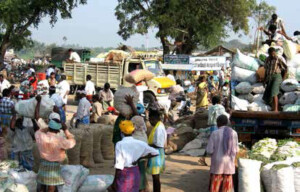

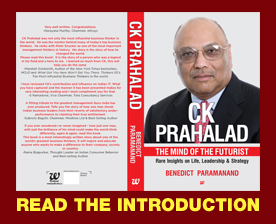


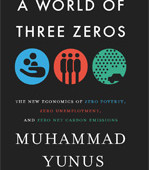
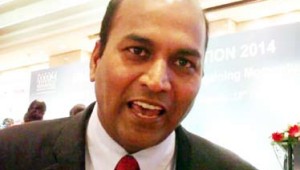
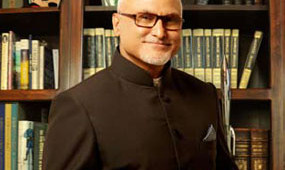
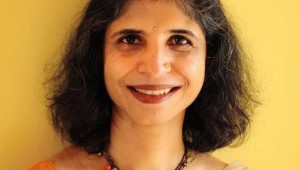

Recent Comments